Other Treatment Methods
- 4D static analysis and dynamic pedography
- Acupuncture
- Arthrosis therapy
- Artificial elbow joint
- Artificial hip joint
- Artificial knee joint
- Artificial shoulder joint
- Axomera
- Bioregenerative Orthopedics
- Endoprosthetics
- IHHT and stress analysis
- Medical training therapy
- Open MRI and MRI-guided injection therapy
- Orthopedic pain therapy
- Osteopathy
- Shock wave therapy
- Sports orthopedics / sports medical treatment
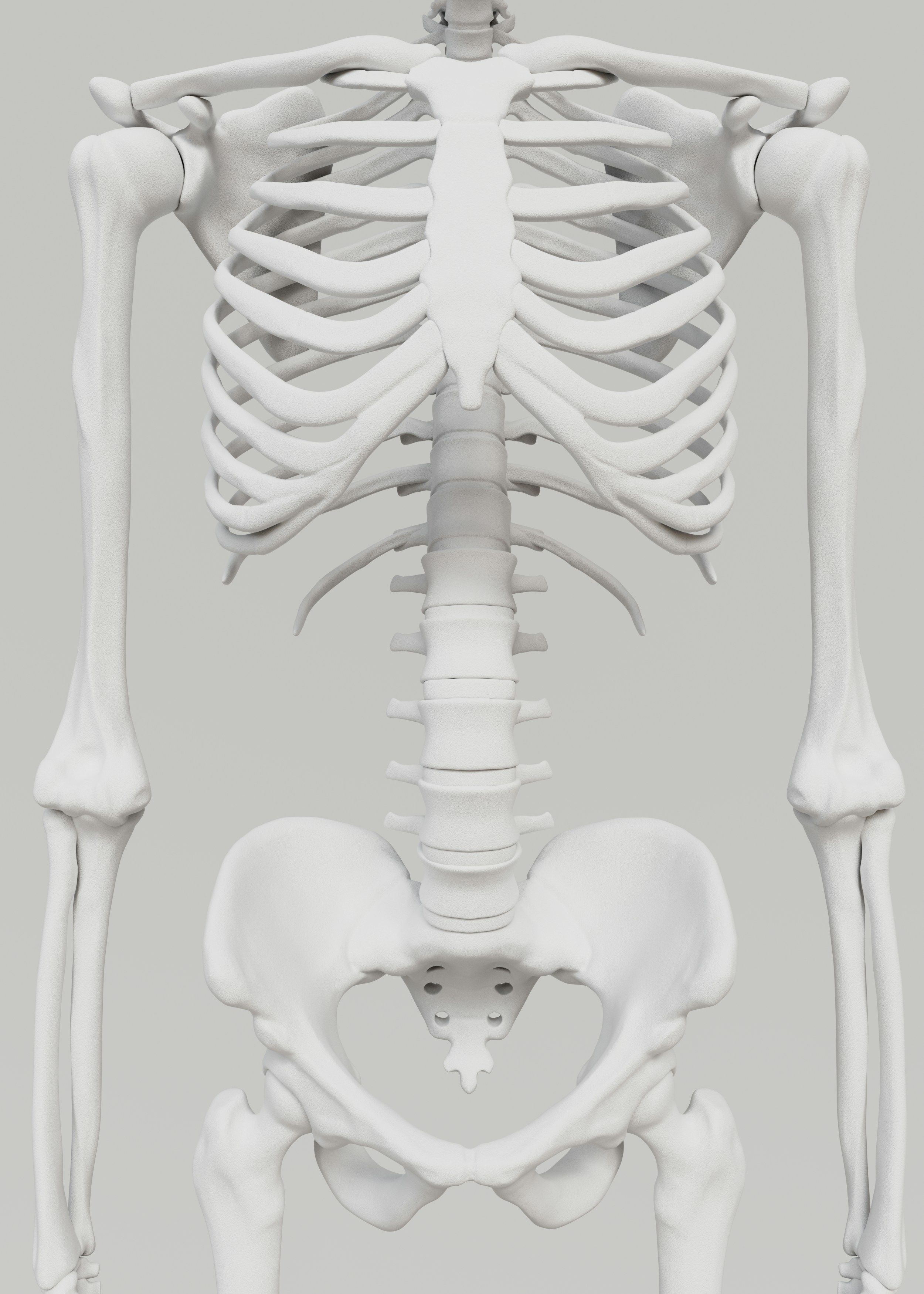
Endoprosthetics
About 50 years ago, doctors implanted the first hip joint endoprostheses of modern design. They consisted of a hip socket, a femoral shaft with a head and were anchored in the bone using so-called "bone cement", an acrylic resin. In the early 1980s, the first artificial knee joints were implanted, shoulderand ankle joints followed. Today, endoprosthetic surgeons in Germany provide around 230,000 patients with an artificial hip joint and around 170,000 patients with an artificial knee joint each year. The vast majority are very satisfied with the outcome of the procedure - and that for years to decades.
Pain-free thanks to endoprosthetics
The expected average lifespan of an artificial joint can now be estimated at at least 15 years; significantly longer periods of use are more the rule than the exception. The main benefit in most cases is the pain relief achieved. The newly acquired Agility is the greatest advantage for the quality of life, about which the patients report. The surgical technique as well as the components and materials used for joint implants have rapidly advanced. The stainless steel initially used has been replaced by new alloys and the metal titanium, the polyethylene used is of higher quality, and for the hip head, manufacturers process almost exclusively ceramic. The surgical approaches have become gentler, the incisions smaller, and rehabilitation after the procedure is faster.
Endoprosthetics knee (artificial knee joint, knee prosthesis)
Which knee prosthesis is the right one?
The human knee joint is a highly complex mechanical structure. Four bones meet here: the femur, tibia, fibula, and the kneecap. Together they form – functionally speaking – three joints: the inner and outer joint between the femur and the lower leg, as well as the joint between the femur and the kneecap. All partial joints can theoretically be individually replaced with artificial joints.
a) Sled prosthesis – unilateral (unicondylar) surface replacement. The sled prosthesis only replaces part of the knee joint. It is generally used when unilateral wear of the joint is detected.
b) Knee total endoprosthesis or knee TEP: complete (bicondylar) surface replacement. – The total endoprosthesis completely replaces the joint. The fundamental requirement is that the ligament apparatus of the knee is fully preserved and functional.
c) Axis-guided knee joint endoprosthesis – It is used when the other two prosthesis variants would not lead to the required stability of the knee joint. The axis-guided knee joint endoprosthesis is also an option for unstable lateral or cruciate ligaments.
d) Custom-made artificial knee joint - Individually shaped prostheses are available in different variants. They are intended, among other things, to take into account the special conditions of the female knee joint. Among other things. On the one hand, there are special prostheses for Frauen, which are intended to meet the geometric requirements of the female knee joint. "Tailor-made" prostheses are precisely adapted to the anatomical specifications of the individual patient. Whether they actually last longer and/or function better has not yet been statistically proven.
Endoprosthetics hip (artificial hip joint, hip prosthesis)
a) Total endoprosthesis of the hip joint (hip TEP) – This total endoprosthesis is used in most patients. Its components are the femoral shaft, acetabulum, and femoral head.
b) Surface replacement of the hip joint (cap prosthesis, McMinn prosthesis) – Instead of implanting a femoral shaft, the surgeon can simply crown the damaged hip joint head. However, this method is rarely used.
c) Duo head prosthesis of the hip joint - In (mostly älterenPatients with a femoral neck fracture may benefit from the insertion of a duocap prosthesis, which only replaces the hip head. This procedure shortens the operation time.
Shoulder endoprosthesis (artificial shoulder joint)
For partial or complete replacement of the shoulder joint, different systems are possible. Both partial joint replacement (hemi prosthesis, only the joint surface of the humeral head) and total endoprosthesis (TEP) with head and socket have their proven application areas. The choice of prosthesis depends not only on the joint damage but also on the condition of the surrounding tissue (rotator cuff), the age of the patient, and the bone quality.
Total endoprosthesis of the shoulder joint (shoulder TEP) - In shoulder TEP, orthopedic surgeons use anatomical systems on the one hand. Here, head and socket are replaced if both joint surfaces are severely affected. The musculature, i.e., the rotator cuff, must be intact for this prosthesis. Because long prosthesis stems complicate the later replacement of a prosthesis, there is a trend to use shorter stems.
In terms of numbers, older patients - and this patient age group is the largest - dominate the inverse systems, a specialty of shoulder endoprosthetics. Here, the head and socket are "switched". The head is fixed to the shoulder blade and the socket to the upper arm. In this way, this type of shoulder prosthesis is oriented to the damage pattern and not to the original anatomy of the shoulder. The results of these surgeries are good, even if osteoarthritis is already advanced or the surrounding muscle cuff of the shoulder joint is no longer intact. In addition, orthopedists use special fracture prostheses, for example, when it has not been possible to reconstruct the shoulder joint from fragments in a complicated upper arm fracture.
Experts for this Treatment Method

- Innovative Orthopedics & Sports Orthopedics
Dr. med. Konrad Scheuerer, Dr. med. Ulrich Bader
OrthoPraxis Gräfelfing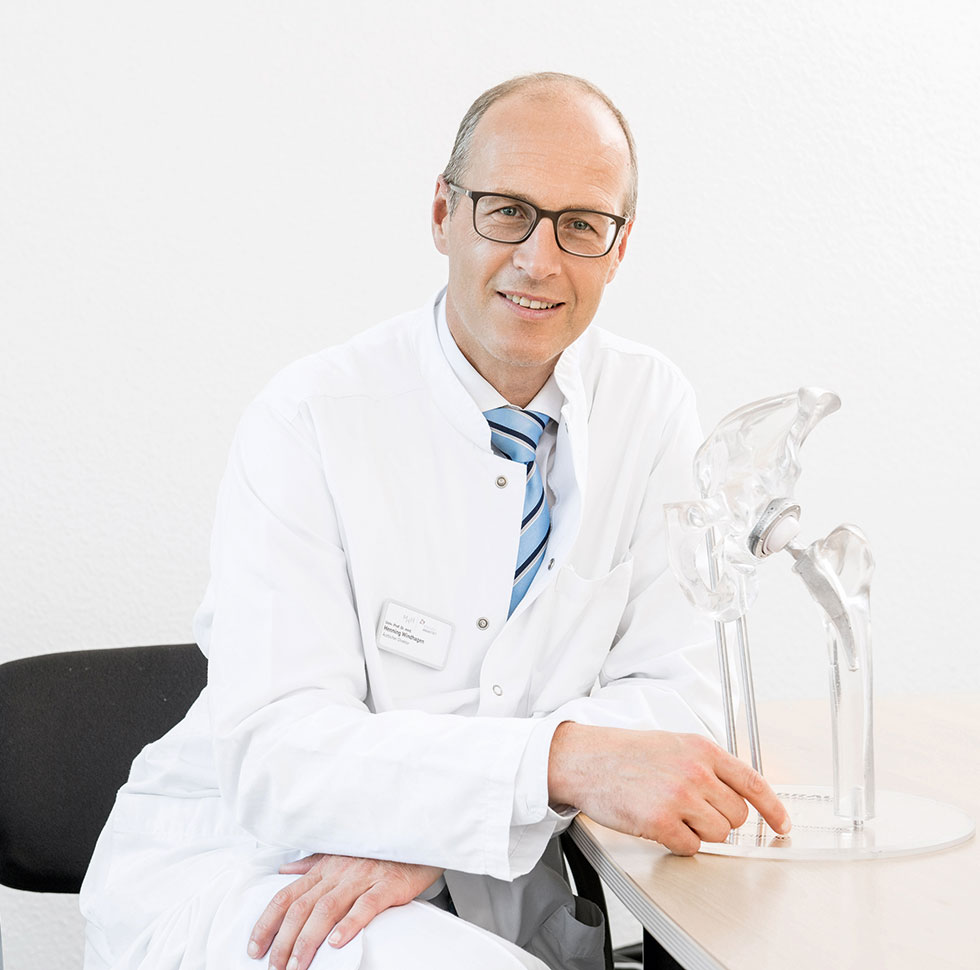
- Innovative Orthopedics & Sports Orthopedics
Prof. Dr. med. Henning Windhagen
DIAKOVERE Annastift
- Innovative Orthopedics & Sports Orthopedics
Univ.-Prof. Dr. med. Rüdiger von Eisenhart-Rothe
Klinik für Orthopädie und Sportorthopädie, Klinikum rechts der Isar
- Innovative Orthopedics & Sports Orthopedics
Prof. Dr. Hans-Georg Simank
Zentrum für Orthopädie und Neurochirurgie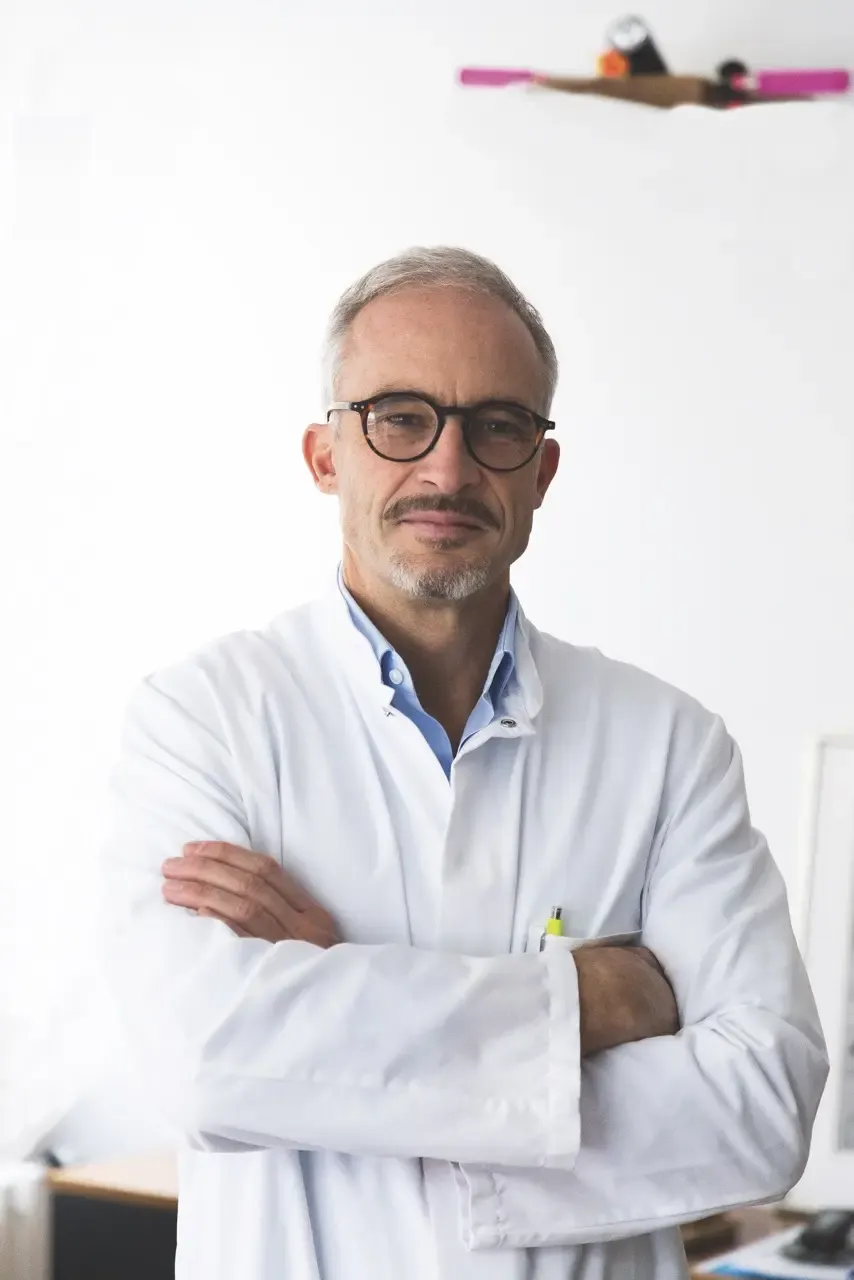
- Innovative Orthopedics & Sports Orthopedics
Prof. Dr. med. Sebastian Siebenlist
Sektion Sportorthopädie TU München, Klinikum rechts der Isar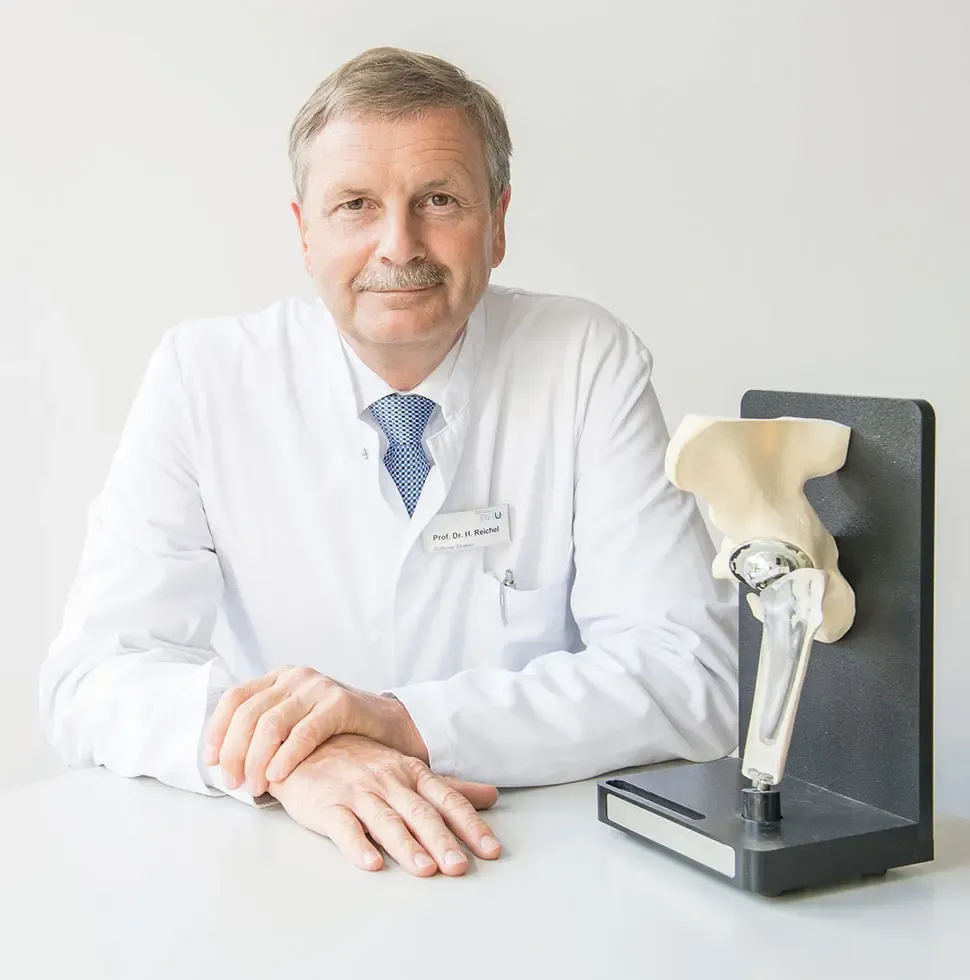
- Innovative Orthopedics & Sports Orthopedics
Prof. Dr. med. Heiko Reichel
Orthopädische Universitätsklinik Ulm am RKUAll Experts in this Department
Show All
- Innovative Orthopedics & Sports Orthopedics
Dr. med. Florian Pfalzer
Sportpraxis Stuttgart / Health & Aesthetic Stuttgart
- Innovative Orthopedics & Sports Orthopedics
Dr. med. Ivo Breitenbacher
MVZ für Orthopädie Flugfeld
- Innovative Orthopedics & Sports Orthopedics
Dr. med. Yvonne Ebel
Orthopädie Wernau
- Innovative Orthopedics & Sports Orthopedics
Dr. med. Konrad Scheuerer, Dr. med. Ulrich Bader
OrthoPraxis Gräfelfing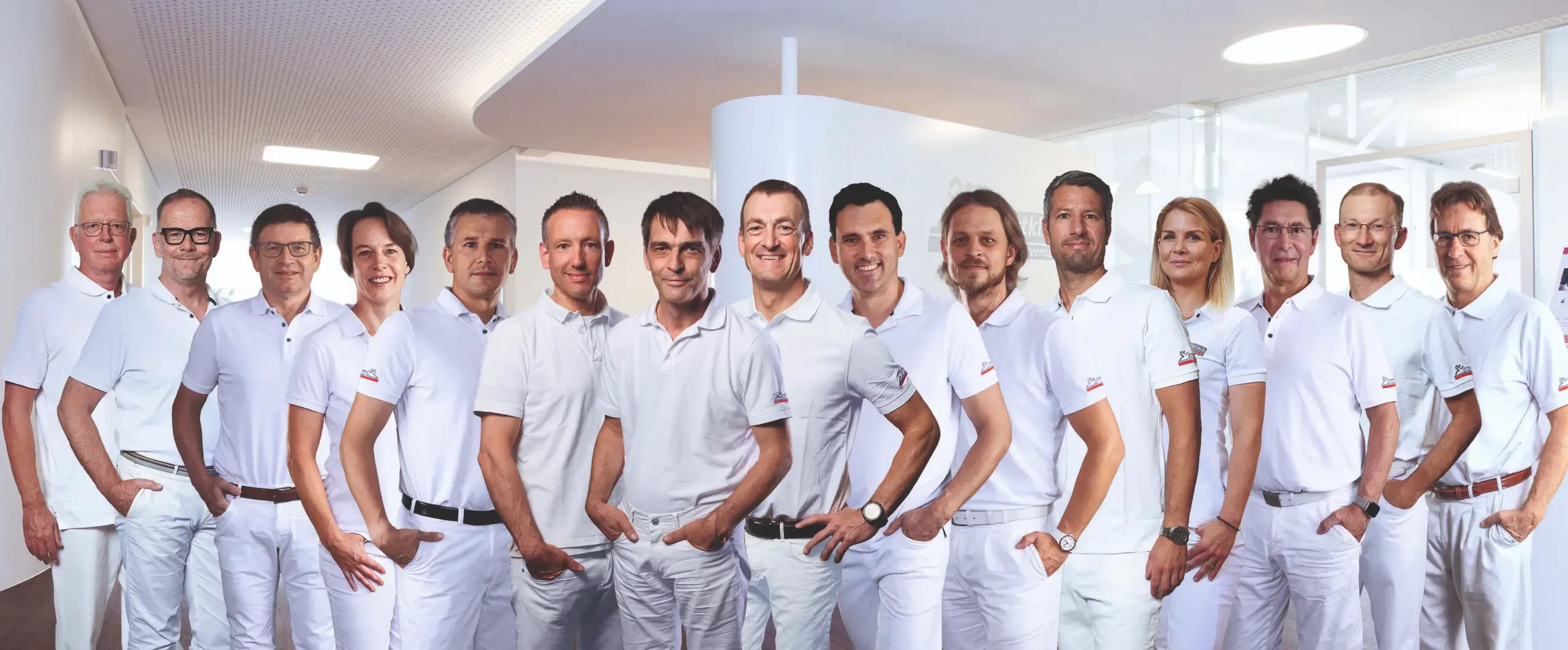
- Innovative Orthopedics & Sports Orthopedics
Dr. med. Martin Volz & Kollegen
Sportklinik Ravensburg
- Innovative Orthopedics & Sports Orthopedics







